What is the purpose of Waterproofing and why is it necessary?
Waterproofing is an essential initial step when constructing areas prone to moisture, such as bathrooms, laundry rooms, or balconies. It involves the installation of a barrier or protective layer on walls and floors to prevent the infiltration of moisture into the structure of your home. Ensuring proper waterproofing is crucial as it determines whether your bathroom meets the necessary waterproofing standards. The process of waterproofing can be summarized in three simple steps.
STEP ONE – Applying Primer
Apply primer to the walls and floors, ensuring there are no significant gaps.
STEP TWO – Sealing Gaps
Utilize a bond breaker, typically made of rubber or fabric, to seal gaps in critical areas like corners, drains, or round drain fittings.
STEP THREE – Membrane Application
Apply two coats of membrane horizontally and vertically to secure the layers.
What are the requirements outlined in the Australian Standard for waterproofing (AS 3740)? The construction of residential buildings in Australia must adhere to specific regulations to ensure compliance and habitability. The standard for waterproofing wet areas in buildings is known as the Australian Standard 3740 or AS 3740.
In homes, various areas are susceptible to moisture accumulation over time. Open areas may have walls and floors exposed to rainfall, while kitchens and bathrooms are continually exposed to moisture from taps, washbasins, and drainage outlets.
AS 3740 is designed to maintain the structural integrity and hygienic conditions of buildings in the long term. Neglecting waterproofing measures can lead to issues such as fungus and mold, posing hygiene concerns.
Failure to comply with AS 3740 can result in concrete erosion due to excessive moisture. Moisture trapped beneath concrete can also cause rusting of metal frames, leading to structural damage.
AS 3740 provides guidelines for concrete coating, rust-proofing metal frame structures beneath concrete, and implementing waterproofing measures to prevent the growth of bacteria and fungi on exposed surfaces like bathrooms, kitchens, and washing areas.
It is crucial to ensure proper drainage and water outlets to efficiently remove water from the building without retention.
Meeting the Australian Waterproofing Standards AS 3740 and the Building Code of Australia guidelines is a key requirement. The regulations specify the following minimum requirements:
According to AS 3740, all shower floors must be waterproofed, and shower walls should be waterproofed to a minimum height of 1800mm. Other walls, such as laundry walls, must be waterproofed up to 150mm. If the bathroom floor is made of particle boards, wood, or located on the second level, the entire bathroom floor must be waterproofed. Step-downs to floors of approximately 100mm should also be waterproofed.
Following these minimum requirements outlined in the Australian Waterproofing Standards (AS 3740) is advisable. However, depending on your specific circumstances and needs, it may be necessary to waterproof additional areas such as around baths, toilets, vanity units, and other potential points of water penetration.


